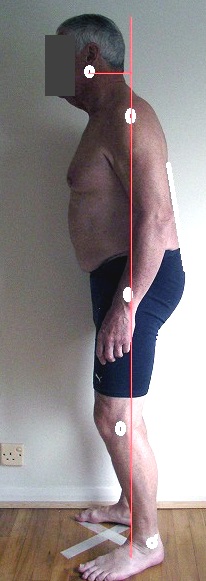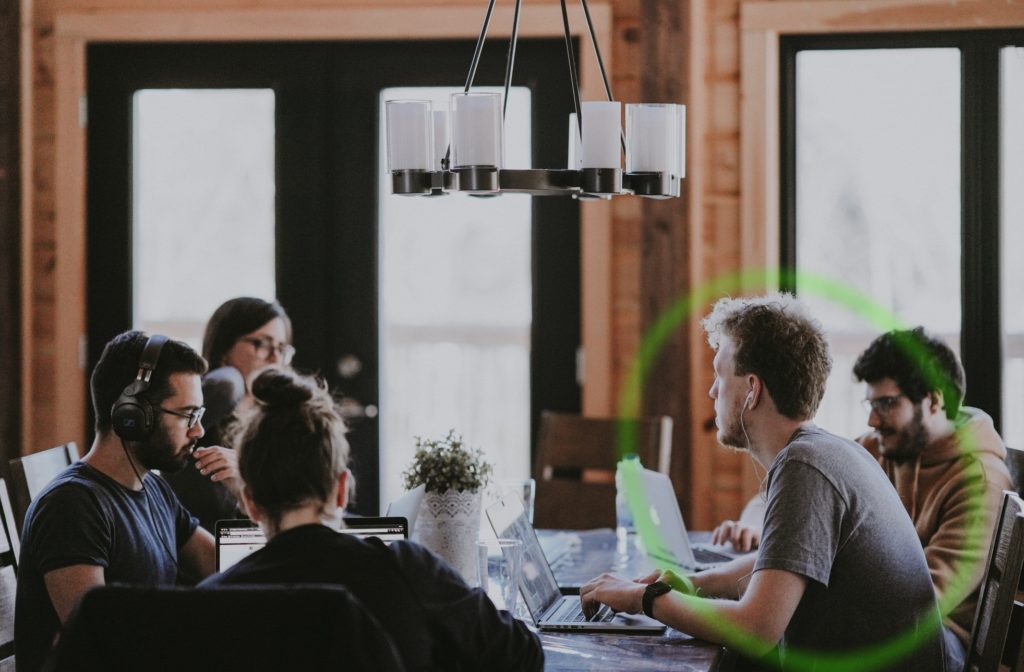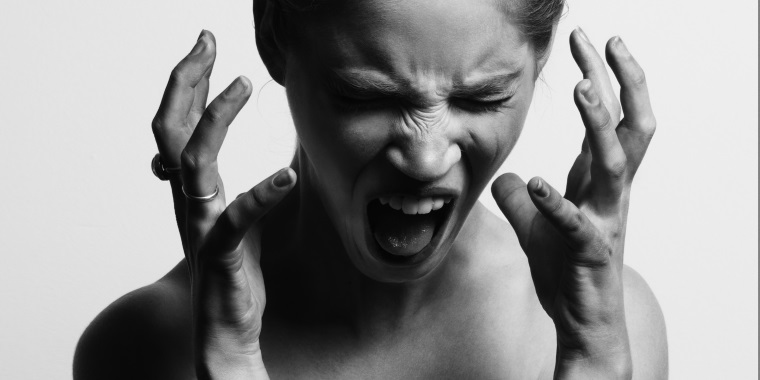Recently I came across this study about the factors that affect low back pain in men and women. This was a fairly large study of 600 participants. They looked at the prevalence of low back pain over a one-week period.
The men’s prevalence of low back pain was 40% and for women, a shocking 60%!
Free Posture Crash Course!
Discover the crazy, simple 3-step formula that will teach you how to improve your posture and flexibility like a pro. You will learn how to hardwire the habit of good posture, reduce forward head and the secret way to stop slouching. It's 100% free!
Low back pain occurs in about 60–80% of people at some point in their lives. Menstrual cycle fluctuations can influence pain sensitivity and may help to explain the sex difference.
Further explanation may include, biological response to pregnancy and childbearing, and perimenopausal abdominal weight gain.
Postmenopausal women also show accelerated spinal disc degeneration due to relative estrogen deficiency. While overall females have a higher prevalence of low back pain (LBP) across all age groups, LBP prevalence further increases after menopause.
Cue the violins for us over 50s.
What was most interesting was that for men low back pain was associated with older age, low education (I’m guessing this suggests the likelihood of more physically demanding jobs), high blood pressure, and smoking.
But for women, it was occupational and ergonomic factors. Even more interesting is that those occupational hazards were standing posture leaning forward and sitting posture leaning forward.


These postures can be described as stooping and perching. They cause forward flexion of the spinal column; and flexion increases compressive forces, which can cause inflammation of spinal joints (facet joints) and disc degeneration and pain.
Even more interesting was this study on the effect of regular posture exercise in improving skeletal pain. The study concluded that shoulder pain, mid back pain, and low back pain were relieved with a posture correction exercise program performed for 20 minutes, 3 times a week for 8 weeks.
The reason why a regular posture habit reduces skeletal pain is that correct posture minimizes the strain on the human body by maintaining balance of the muscles and skeletal alignment. Correct posture implies not inclining the body forward (stooping) backward, left, or right.
Further Resources: Posturecise – How to Create a Healthy Posture Habit
Posture School
If you’re interested in our posture community it’s probably because you look at your health differently. You’re different from most people and you want to take control of your own health.
However, even though you are more action-oriented (I know this because you are still reading), you may still suffer the same challenges as your common variety slouch potato.
My job is to support you before your posture becomes a chronic problem.
The symptoms
Here’s a summary of why you find it challenging to correct your posture:
Doing it wrong
We often jump in great guns with new posture exercises, not knowing if we’re even doing the exercises correctly.
Maintenance
Awareness seems to be a big problem. It’s not so hard to do the posture exercise, but 5 minutes later, we are slouching again.
Pain sucks
Sometimes trying to correct our posture is painful, which isn’t exactly encouraging.
Habit formation
It’s fine doing an exercise here and there, but putting exercises together into a daily practice seems challenging, to say the least.
Further Reading: The Neurology of Habits
Going it alone
There’s a lot of pressure on us to do it all and we find ourselves alone when we need others the most.
It’s OK not to be OK
We need to be OK with opening up and sharing our doubts and struggles. Poor posture affects self-esteem and confidence, and this is a universal problem.
The cure
Invest in your well-being
We should hold ourselves accountable for investing in our well-being and development. We should set time and money aside to spend on wellness or self-care.
Remember the mind-body connection
We need to watch what we eat and consider activities such as Posturecise, meditation (even just 1 minute a day), and walking outdoors to help boost our mood, sharpen our focus and enhance our emotional resilience.
Enjoy micro wins
You know that course you are enrolled in at Posture School but haven’t yet started? Set aside 20 minutes and begin watching your first lecture. Micro win … YES!
Set mini goals
Ridiculously simple wins every time. Pick a favorite posture video, re-watch it, and do the exercise daily – at exactly the same time – for 7 days straight.
Connect, connect, connect
We need to surround ourselves with a trusted support network.
The low back pain study specifically dealt with low back pain, but I found it a useful reminder, that pain is often influenced by our posture.
Did any of the symptoms mentioned above resonate with you? If so, which of the cures will you be taking on? Make sure to pick one and make it a tiny habit, as small positive changes can have huge effects over time.
Are you ready to make posture correction a daily habit?
If you believe in healthy posture in the same way you believe in getting 7-8 hours of sleep each night and eating right, AND you really don’t want to live at the gym, then join our tribe. The road to good posture isn’t a quick-fix strategy; it’s a life-long journey and investment in yourself and your health; and may determine how well you age.





2 thoughts on “Why Women Have an Increased Rate of Low Back Pain”
Hi Paula
Correcting posture always sends me into a bit of a downward spiral as I have a lumbar scoliosis (right hip higher but no leg length discrepancy) and it’s not possible for my curve to be corrected without an operation which I won’t have! Result aches and pains everywhere – seems I have too many areas to “correct “ or deal with! Have purchased your scoliosis course but still struggling x
Hello Alison,
Firstly … thank you for being so open and vulnerable. THAT is a sign you want to transform your situation. Great!
I too have a lumbar scoliosis – and small note here – if one hip is higher, this is because the opposite leg is shorter – there is no other way this happens. Watch this video on short leg scoliosis: https://youtu.be/xQVcQu9Wqdg
While it may not be possible to completely correct a scoliosis (and I do not know how severe yours is), it is almost always possible to reduce a scoliosis.
Pain is a challenge, but also a gift in that it nudges us to make changes.
If you truly want to get to the bottom of your spinal alignment – and excellent that you are enrolled on my scoliosis course – I recommend we start with a skype chat. No one with scoliosis can do it alone. Most of my students start with my online course and for those really serious about wanting change, we work together 1-2-1.
I’d love to help you Alison and lumbar scoliosis is something I know intimately! If you would like the opportunity to discuss your situation in detail with me, you can book a skype chat here: I believe it is currently ‘on sale’: http://www.posturevideos.com/product/skype-consultation/
Your posture doc,
Paula